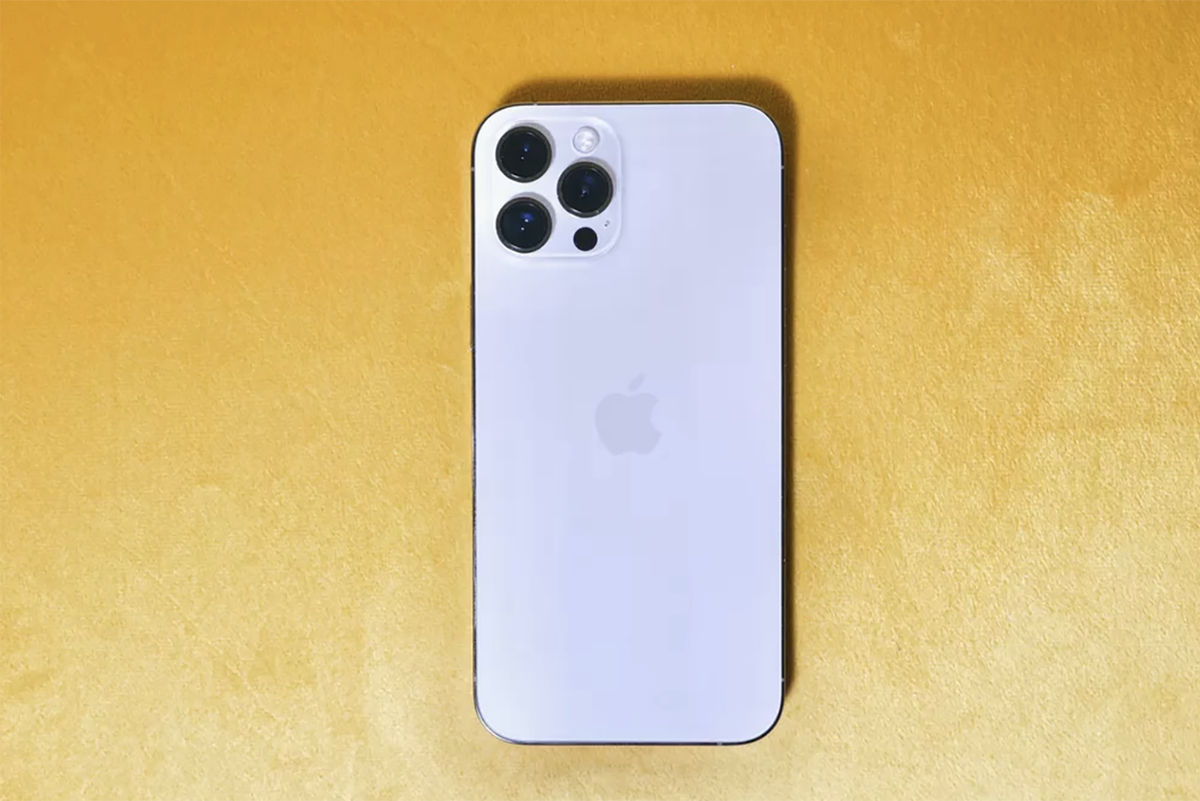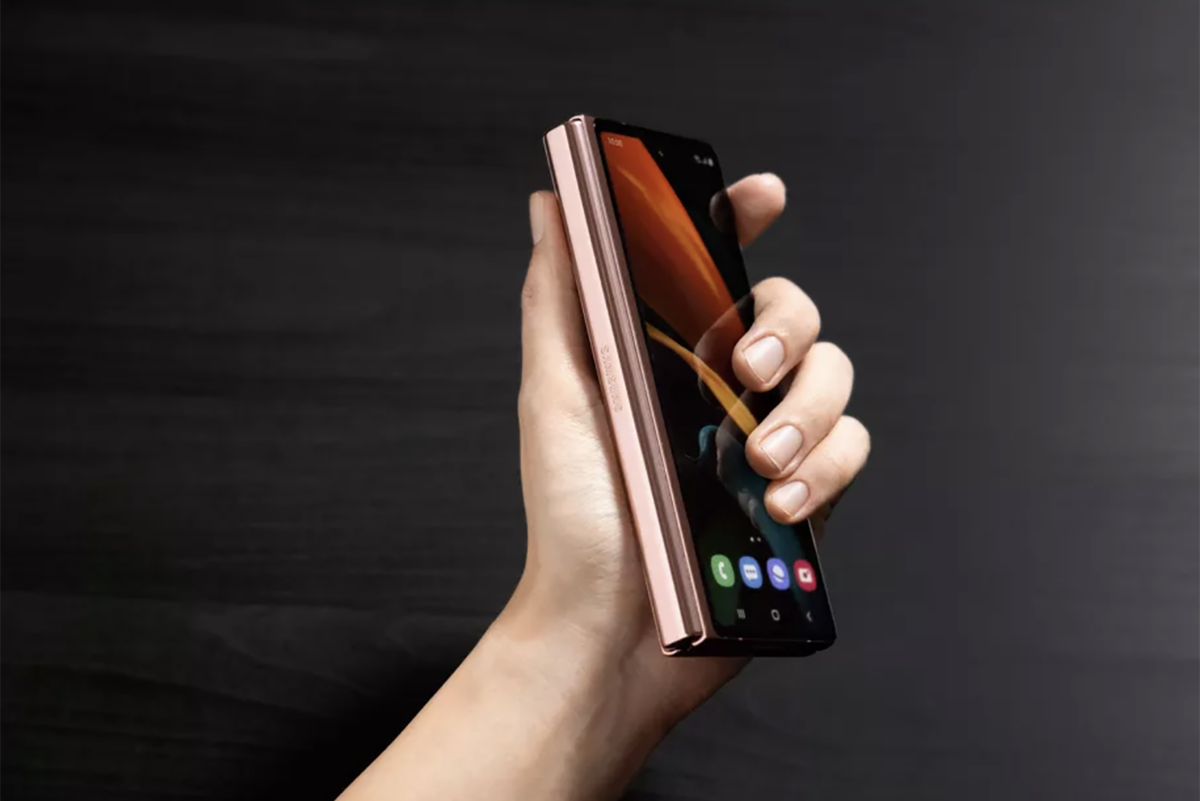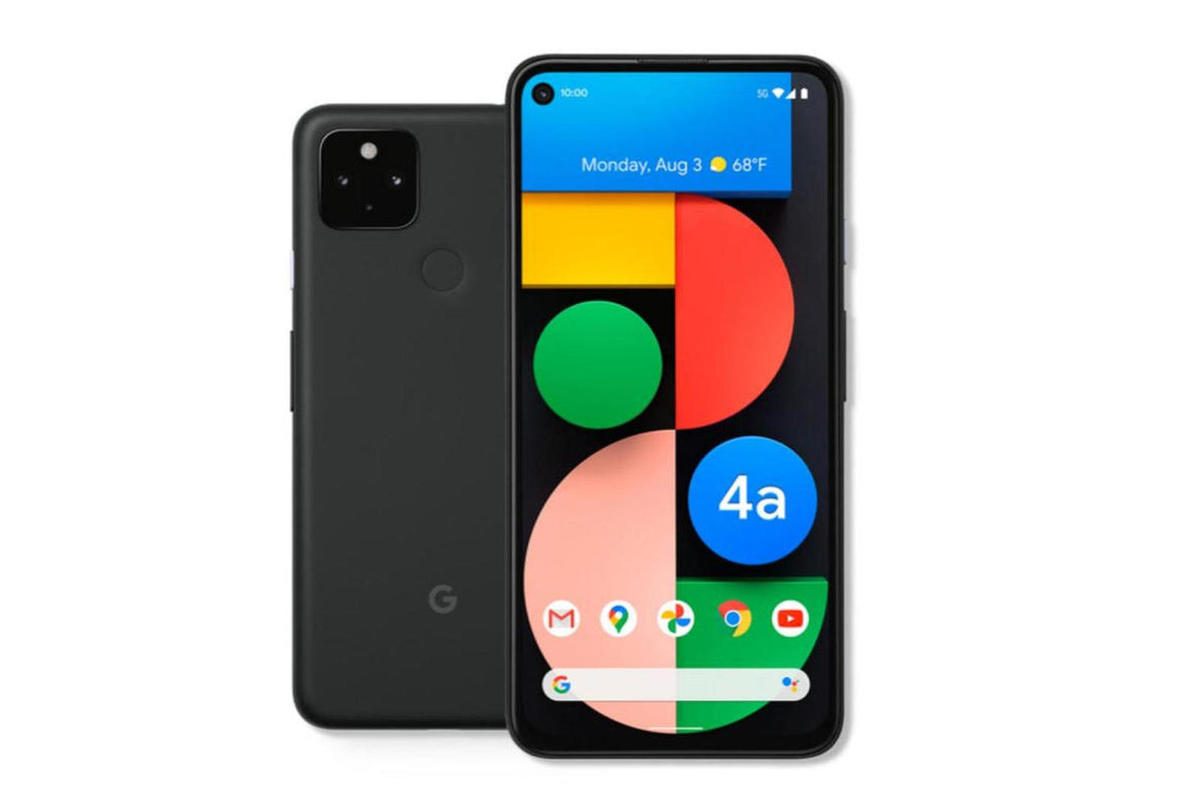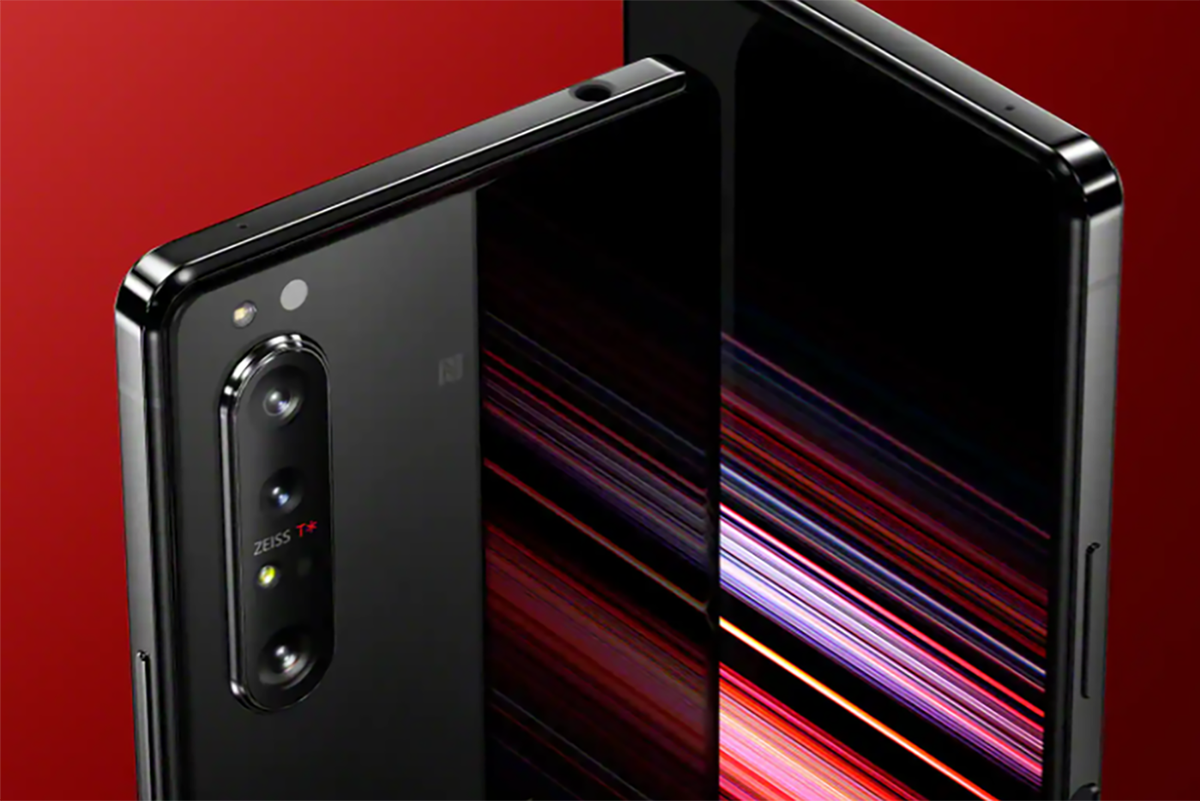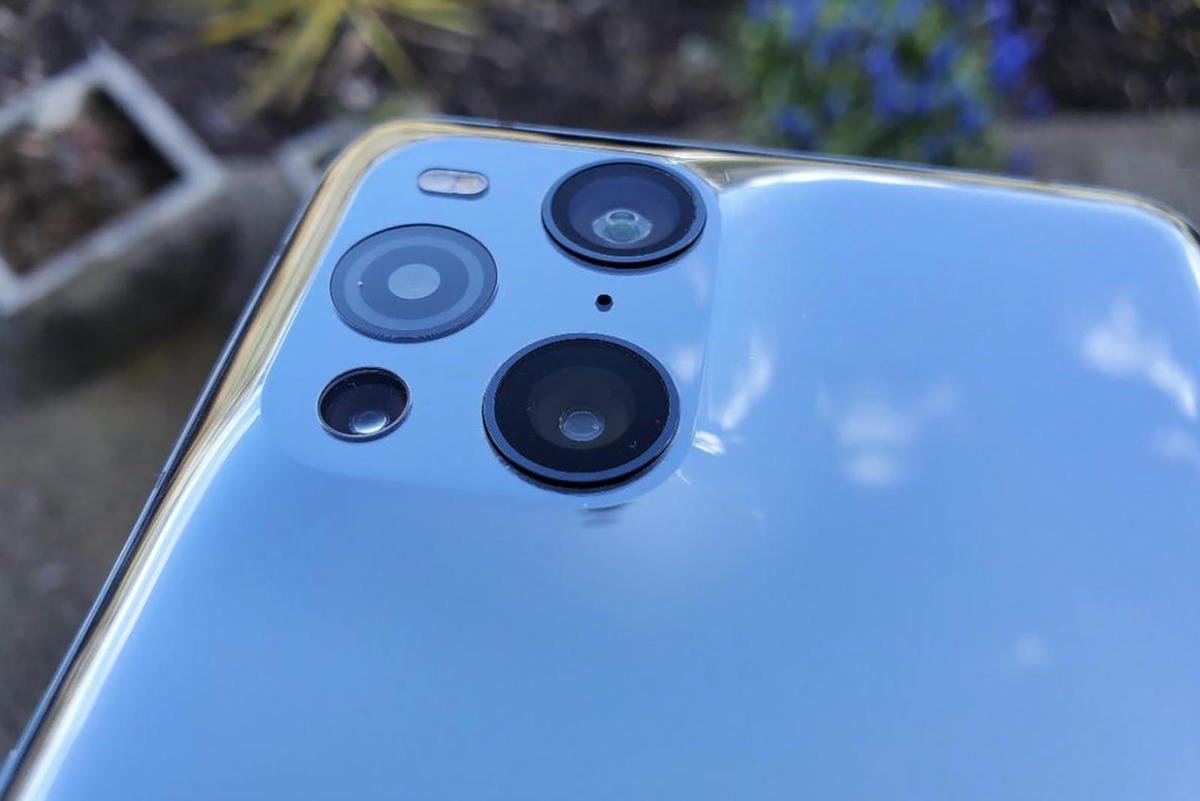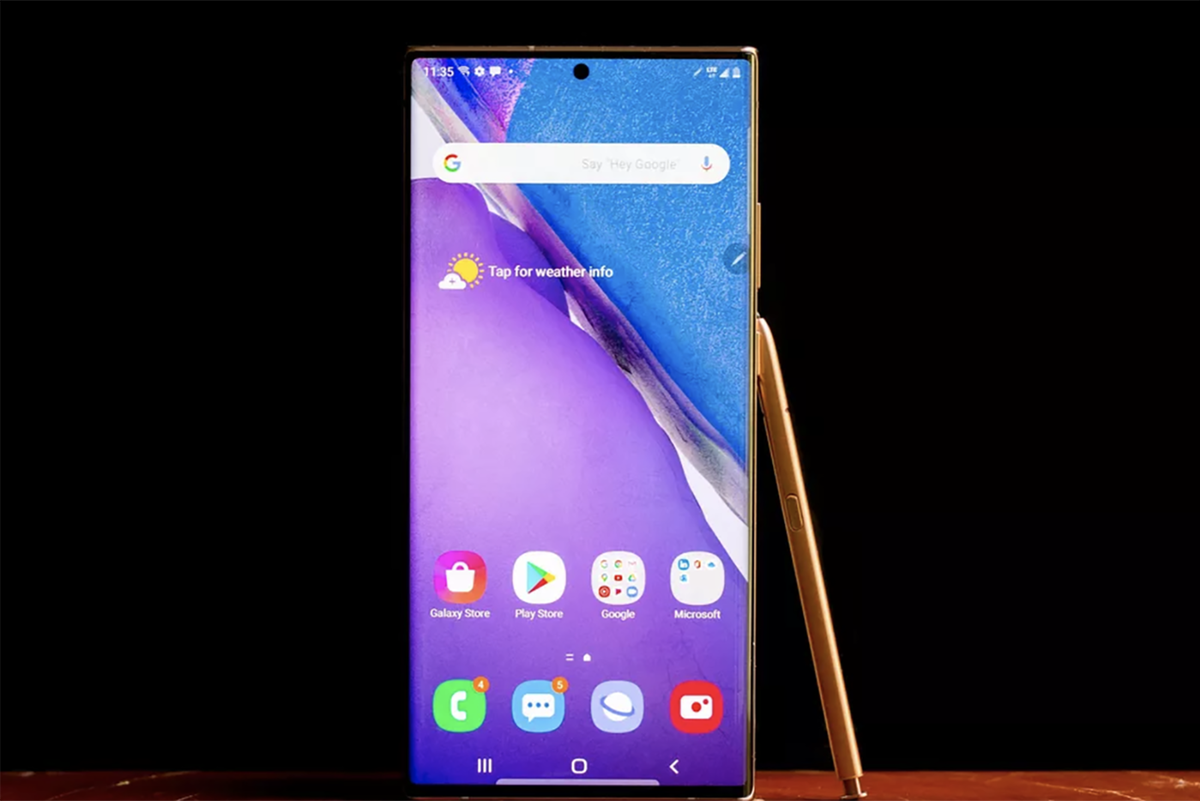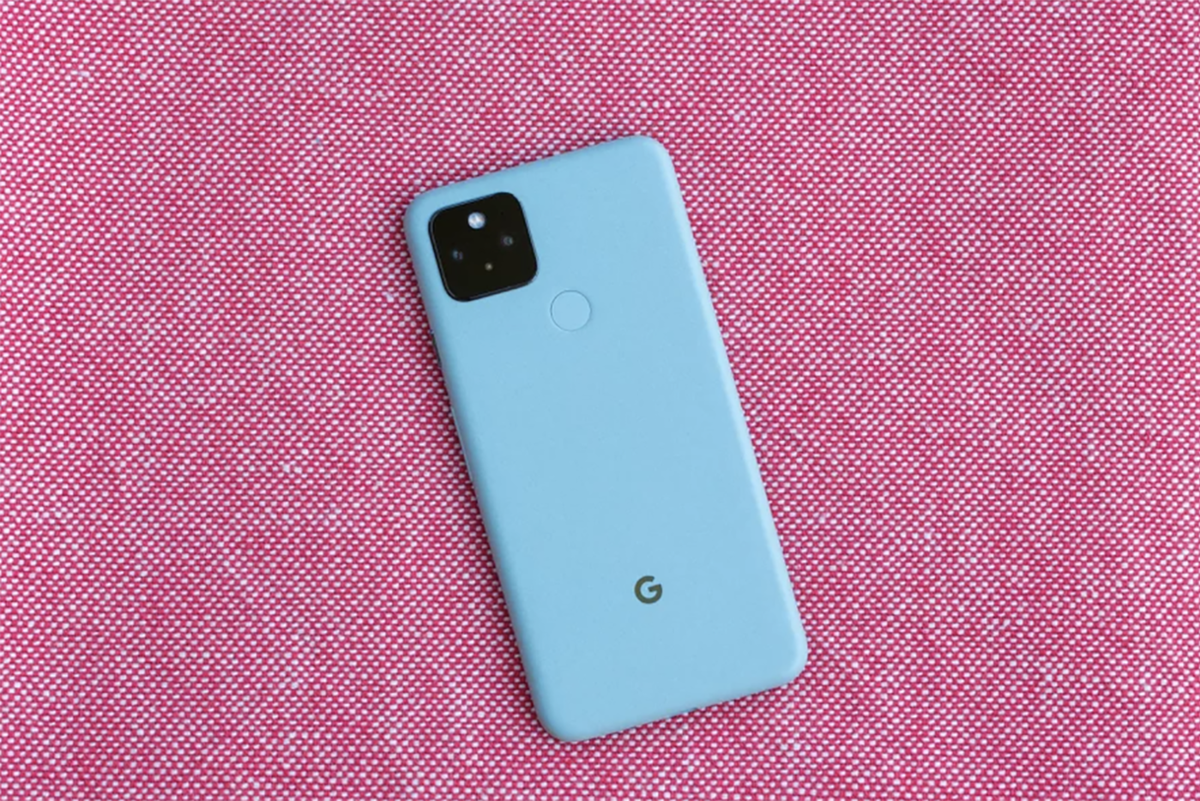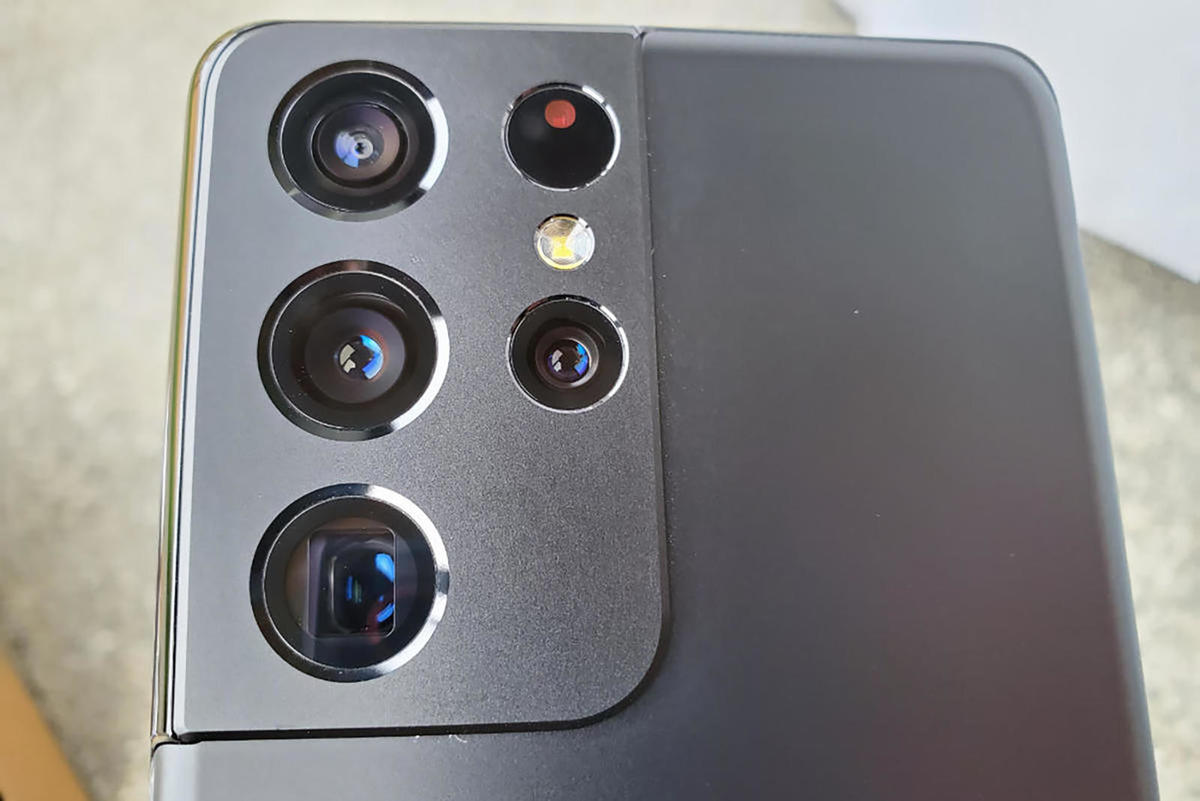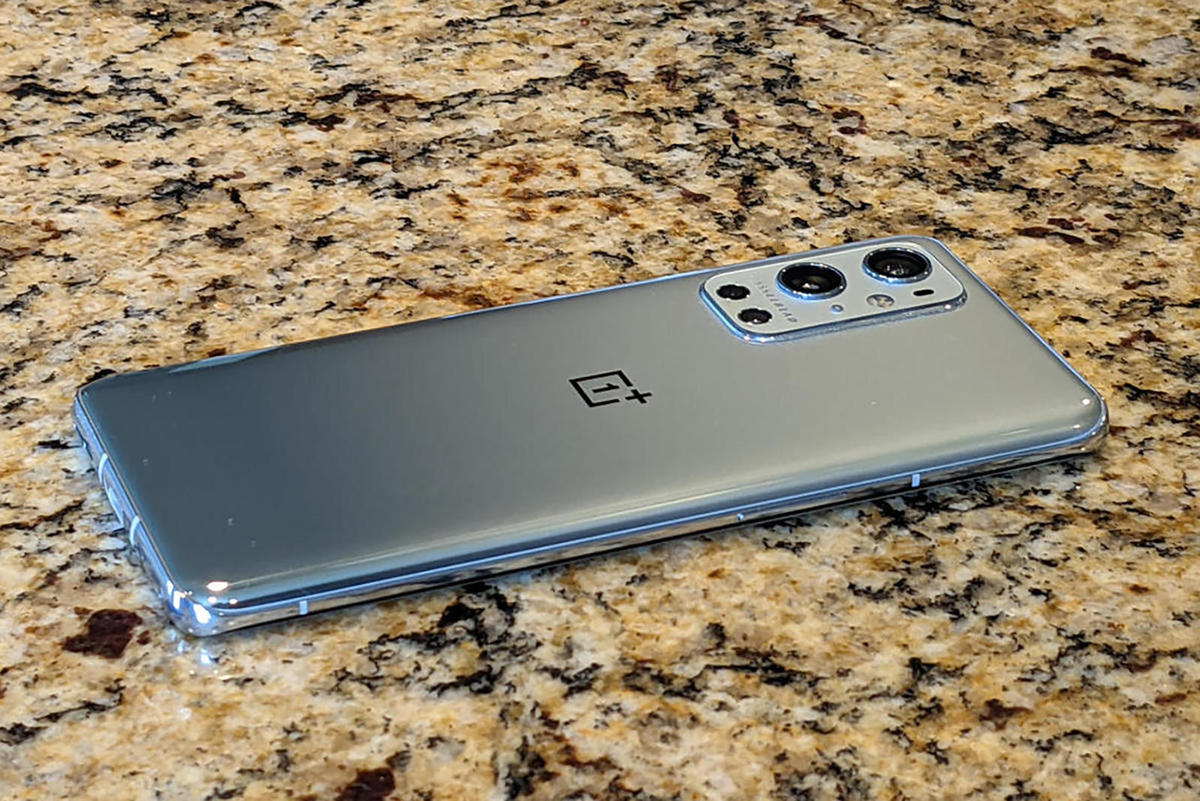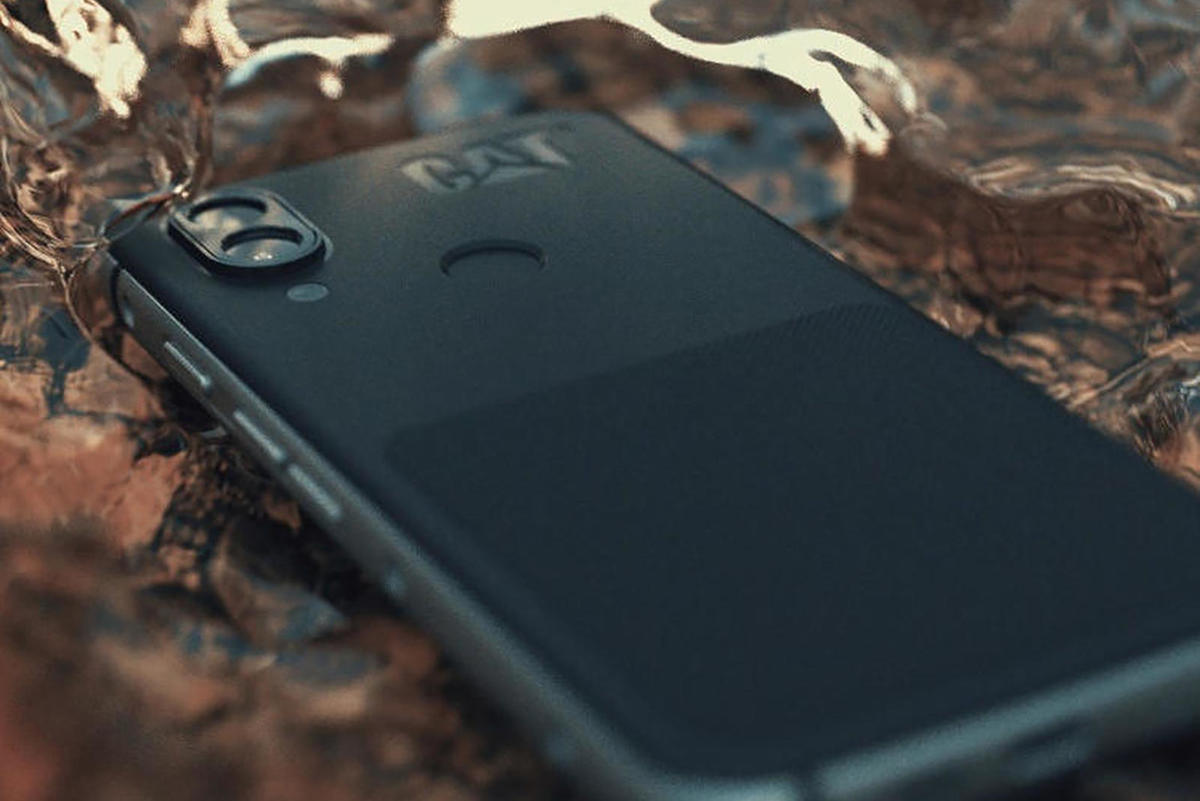One area that differentiates smartphones today is camera technology. The cameras on phones are optimized for photos, videos, telephoto subjects, ultra-wide landscapes, selfies, and more. It’s not just hardware either, as some with basic hardware have advanced software algorithms and AI to provide optimal imaging experiences.
Camera capability is closely related to the price of a phone in most instances. However, we also see affordable and mid-range phones with cameras capable of capturing good quality images and videos, especially since most people only share captured content on social media platforms and via electronic messaging.
Display: 6.7-inch OLED (2,778 x 1,284-pixel resolution) at 458 ppi | CPU: Apple A14 Bionic chip | RAM: 6GB | Internal Storage: 128GB, 256GB, 512GB | Rear cameras: 12MP wide, 12MP ultra-wide (120-degree field of view), 12MP telephoto (2.5x optical zoom) | Front camera: 12MP | Weight: 228g | Dust/water resistance: IP68
The Apple iPhone 12 Pro Max is arguably the best overall smartphone available today. It’s been serving as my daily driver for more than seven months and has traveled around the country with me, capturing photos and videos of beaches, sunsets, golf outings, fly fishing, pets, and much more.
While the Apple iPhone 12 Pro also has three rear cameras, the 12 Pro Max has a sensor on the wide camera that is 47% larger. This helps it perform a bit better during low-light shooting. The 12 Pro Max also has a 2.5x optical zoom, compared to 2x optical zoom on the 12 Pro telephoto camera.
See the full review: iPhone 12 Pro Max full review
Deep Fusion, portrait mode, night mode, ProRAW, and support for LiDAR scanning are supported on the iPhone 12 Pro Max. Most people won’t see much of a difference between the 12 Pro and 12 Pro Max, but it’s clear the 12 Pro Max brings the most to photography that Apple has to offer.
Pros:
Three rear cameras. Seamless night and low-light mode. Apple ProRAW support. Fantastic video capture performance.
Cons:
Limited optical zoom. 12MP resolution.
$1,099 at Amazon
Main display: 7.6 inches (2,208 x 1,768-pixel resolution) Dynamic 120Hz AMOLED | Cover display: 6.2 inches (720 x 1680-pixel resolution) AMOLED | CPU: Qualcomm Snapdragon 865 Plus | RAM: 12GB LPDDR5 | Internal Storage: 256GB, UFS 3.1 | Rear cameras: 12MP rear f/2.4 telephoto, 12MP f/1.8 wide-angle, and 12MP f/2.2 ultra-wide cameras (123-degree field-of-view) | Front cameras: 10MP f/2.2 camera on the main display and 10MP camera on the cover display | Weight: 282g
If you want a large 7.6-inch display to help you capture content, then nothing beats the Samsung Galaxy Z Fold 2. This folding phone is a marvel of engineering. It offers one of the most unique camera experiences we have ever seen, with five cameras that give you the ability to capture content in a few orientations.
See the full review: Samsung Galaxy Z Fold 2 review.
There are five cameras on the Z Fold 2; one embedded in the Cover Screen, one embedded in the Main Screen, and three found on the back. While there is no high-resolution 108MP shooter like we see on the new Note 20 Ultra, the cameras perform very well. One reason the cameras do so well on the Z Fold 2 is the innovative software and hinge that enhances the ways you can capture content.
The three rear 12MP cameras work well together with advanced Samsung camera software. There is an ultra-wide-angle 123-degree shooter, F1.8 aperture super speed dual pixel lens, and a telephoto camera capable of 2x optical and 10x digital zoom.
Precision control zoom, Bluetooth microphone support, and auto framing work to help you capture your best video content with a smartphone.
Pros:
Five cameras to capture content in many ways. Bluetooth mic support for video creation. Excellent results with cameras. Advanced camera software.
Cons:
Limited to 12MP resolution. Only 2x optical zoom.
$1,700 at Amazon
Best for consistent point-and-shoot
Display: 6.2 inches (2,340 x 1,080-pixel resolution) OLED | CPU: Qualcomm Snapdragon 765G | RAM: 6GB | Internal Storage: 128GB | Rear cameras: 12.2MP rear f/1.7 and 16MP f/2.2 ultra-wide (107-degree field-of-view) | Front camera: 8MP f/2.0 | Weight: 168g
While Apple iPhones offer the average consumer a simple camera user experience, Google’s Pixel phones offer a similar experience but one that is even more consistent. Thanks to the fabulous software algorithms from Google, every time you press the shutter button, you end up with a high-quality photo. At $499, it’s one of the most affordable smartphones available today. In the camera department, it punches far above its price.
While other high-end smartphones have three or four rear cameras, Google provides two, so there are some limits on its capabilities when you experiment with various scenarios. While there is no telephoto camera, Google’s software provides results that challenge dedicated telephoto zoom lenses.
See the full review: Google Pixel 4A 5G review.
Android 11 powers the phone, and even though the camera is excellent, Google regularly updates it as improved software is developed.
Pros:
Reliable point-and-shoot performance. Affordable price. Limited editing capabilities with Google Photos.
Cons:
Two rear cameras. The front-facing camera is not as good as past Pixel phones.
$500 at Best Buy
Display: 6.5 inches (3,840 x 1,644-pixel resolution) OLED | CPU: Qualcomm Snapdragon 865 | RAM: 8GB | Internal Storage: 256GB | Rear cameras: 12MP f/1.7, 12MP f/2.4 and 12MP f/2.2 ultra-wide (124-degree field-of-view) | Front camera: 8MP f/2.0 | Weight: 181g
Most people use the automatic settings of their smartphone camera, but for those who want to take things to the next level, there is the Sony Xperia 1 II (aka mark two). The phone was developed with help from Sony’s Alpha 9 camera engineers, and owners now have an extremely powerful camera in the Sony Xperia 1 II.
See the full review: Sony Xperia 1 II review.
While many smartphones have basic software to control your cameras, Sony provides software that gives users full control over every function in the triple camera array. The improved Cinema Pro user interface has easy to control features like framing guides, shutter speed, touch autofocus, autoexposure, manual white balance, and much more. Professional will love diving into the vast amount of options in the camera software.
Three cameras with ZEISS optics and Real-time Eye AF are provided on the Sony Xperia 1 II. The phone supports 20 fps continuous burst shooting, an autofocus system featuring 247 phase-detection AF points covering nearly 70% of the sensor, and much more.
Pros:
Extensive ability for the user to control the cameras. Familiar Sony Alpha camera experience. Advanced options for video recording.
Cons:
Expensive. The operation may be too complicated for some.
$1,148 at Amazon
Best camera phone with a stylus
Display: 6.7-inch (3,216 x 1,440-pixel resolution ) OLED | CPU: Qualcomm Snapdragon 888 | Internal Storage: 256GB | Rear cameras: 50MP f/1.8 wide, 50MP f/2.2 ultrawide (110-degree field of view), 13MP f/2.4 5x optical telephoto, and 3MP microlens with 60x magnification | Front camera: 32MP | Weight: 193g
In addition to all of the great smartphone features on the Find X3 Pro, the rear quad-camera system is interesting since it opens up a new area for creativity while also offering more color support than native Android code. Oppo worked hard to provide a compelling camera experience through hardware and software.
See the full review: Oppo Find X3 Pro review
The microlens camera is unique on the Oppo Find X3 Pro, and it’s pretty amazing to capture objects that the naked eye cannot see. When you capture subjects with this lens, you discover another dimension of common subjects, and this camera helps open up a world of creativity.
Even without the unique microlens camera, the Oppo Find X3 Pro has some of the highest resolution cameras we have seen on a smartphone today.
Pros:
High-quality rear quad-camera system. Unique microscope camera experience. Very capable camera software.
Cons:
Expensive. Not readily available in the US.
$1,484 at Amazon
Best camera phone with a stylus
Display: 6.9 inches (3,088 x 1,440-pixel resolution) 120Hz Infinity-O AMOLED | CPU: Qualcomm Snapdragon 865 Plus | RAM: 12GB LPDDR5 | Internal Storage: 128GB storage (with microSD card) | Rear cameras: 12MP rear f/3.0 telephoto, 108MP f/1.8 wide-angle camera, and 12MP f/2.2 ultra-wide camera (120-degree field-of-view) | Front camera: 10MP f/2.2 camera | Weight: 208g | Dust/water resistance: IP68
You may be wondering why a stylus is important for smartphone photography. Still, on a Samsung Galaxy Note 20 Ultra 5G, the S Pen provides very fine accuracy when it comes to editing your images and videos on the phone itself.
See the full review: Samsung Galaxy Note 20 Ultra 5G review.
The Galaxy Note 20 devices bring everything we saw on the Galaxy S20 series along with some improvements in the cameras. The 108MP camera provides one of the highest resolution cameras we have seen on a smartphone.
Some may not like the results of Samsung’s cameras, where images are a bit more vibrant than reality. The cameras capture images quickly and have an extensive number of available modes for every shooting scenario.
Pros:
Highest resolution wide-angle camera. High-quality results from point and shoot approach. S Pen stylus for detailed editing.
Cons:
Expensive. Big phone.
$990 at Amazon
Best computational camera phone
Display: 6 inches (2,340 x 1,080-pixel resolution) flexible OLED | CPU: Qualcomm Snapdragon 765G | RAM: 8GB | Internal Storage: 128GB | Rear cameras: 12.2MP rear f/1.7, and 16MP f/2.2 ultra-wide (107-degree field-of-view) | Front camera: 8MP f/2.0 | Weight: 151g | Dust/water resistance: IP68
The Pixel 5 is Google’s flagship phone, priced at $699. Compared to other flagships, this is an affordable phone. While the Pixel 5 only has two rear cameras, the camera rivals the best phones out there, and some of those are priced twice as much.
Google’s success in photography is rooted in its computational capabilities and advanced algorithms. Even with simple point-and-shoot action, the Pixel 5 yields stunning and consistent results.
See the full review: Google Pixel 5 review.
While Google excels in still photography, there is room for improvement with videos. The Pixel 3XL also had one of the best ever selfie cameras, so it would be great to see Google come out with an improved front-facing camera in the Pixel 6.
Pros:
Amazing results from two rear cameras. High-quality results from point and shoot approach. Affordable flagship phone.
Cons:
Video results could be better. Limited editing with default Google Photos app.
$700 at Amazon
Display: 6.5 inches (3×200 x 1×440-pixel resolution) 120Hz Infinity-O AMOLED | CPU: Qualcomm Snapdragon 865 | RAM: 6GB LPDDR5 | Internal Storage: 128GB storage (with microSD card) | Rear cameras: 8MP rear f/2.4 telephoto, 12MP f/1.8 wide-angle camera, and 12MP f/2.2 ultra-wide camera (123-degree field-of-view) | Front camera: 32MP f/2.2 camera | Weight: 190g | Dust/water resistance: IP68
While the Samsung Galaxy S20 series launched in early 2020 provides compelling options, they are flagship phones priced in the $1,000-and-higher range. In order to offer customers another alternative, Samsung released the Galaxy S20 FE (Fan Edition) 5G phone. The S20 FE is available in six lovely colors to suit your style.
See the full review: Samsung Galaxy S20 FE (Fan Edition) review (CNET)
Where are the compromises? There really aren’t any, yet the $700 price is where we see phones in the upper mid-range with less capable specs appear. We generally see front-facing cameras in the 8-10MP range, but Samsung includes a 32MP shooter on the S20 FE. In combination with Samsung’s full-featured software, you can capture excellent selfie photos and videos with this affordable phone.
Pros:
High-resolution front-facing camera. Powerful camera software. Affordable phone.
Cons:
Display: 6.8 inches (3,200 x 1,440-pixel resolution) 120Hz Infinity-O AMOLED | CPU: Qualcomm Snapdragon 888 | RAM: 12GB/16GB LPDDR5 | Internal Storage: 128GB/256GB/512GB | Rear cameras: 10MP rear f/4.9 telephoto with 10x optical zoom and second 10MP f/2.4 telephoto with 3x optical zoom, 108MP wide-angle camera, and 12MP f/2.2 ultra-wide camera (120-degree field-of-view) | Front camera: 40MP f/2.2 camera | Weight: 229g | Dust/water resistance: IP68
Samsung’s Galaxy S21 Ultra 5G is one of the best overall smartphones today and clearly the best that Samsung has to offer. With a $200 price cut at launch, compared to the Galaxy S20 Ultra, the phone is also one of the more affordable high-end flagship offerings.
In addition to the latest and greatest specifications, the S21 Ultra 5G provides support for Samsung’s S Pen, so you are no longer limited to just the Note line if you want stylus support.
See the full review: Samsung Galaxy S21 Ultra 5G review
If your job requires you to zoom into subjects from far away, no other phone beats the S21 Ultra in terms of telephoto capability and quality. Zooming up to 30x (through two telephoto cameras) provides good quality images, but even beyond this level of zoom, there are practical reasons to see details of the subjects you are shooting.
Pros:
Two very capable telephoto rear cameras. Powerful camera software. Two other high-powered cameras.
Cons:
Expensive. Big and heavy phone.
$990 at Amazon
OnePlus 9 Pro
Best phone for macro photography
Display: 6.7 inches (3,216 x 1,440-pixel resolution) 120Hz AMOLED | CPU: Qualcomm Snapdragon 888 | RAM: 8GB/12GB LPDDR5 | Internal Storage: 128GB/256GB | Rear cameras: 8MP rear f/2.4 telephoto, 48MP f/1.8 wide-angle camera, and 50MP f/2.2 ultra-wide camera, 2MP monochrome camera | Front camera: 16MP f/2.4 camera | Weight: 197g
OnePlus used to be the “flagship killer” brand but has since evolved into higher-priced flagships directly challenging the likes of Samsung and Apple. Compared to Samsung, OnePlus offers an experience that is free from ads and bloatware while also now providing some interesting features such as reverse wireless charging and adaptive 120Hz displays.
See the full review: OnePlus 9 Pro review.
The Hasselblad camera partnership was a major area presented and covered at the launch event but understands that only software enhancements are present in this first device with the Hasselblad branding. That said, camera performance has been great and clearly improved over what OnePlus provided in the past.
One area in camera technology that OnePlus has provided for years is macro photography. OnePlus included a dedicated macro lens on past phones, but the OnePlus 9 Pro uses the 50MP ultra-wide camera with a macro mode to provide fantastic shots of close subjects. Macro photography can provide some very interesting and creative results, so explore this mode with your new OnePlus phone.
Pros:
Excellent macro mode results. Very capable cameras with solid performance. Affordable for a high-end flagship.
Cons:
Limited Hasselblad influence.
Best phone for thermal imaging
Display: 5.7-inch OLED (2,160 x 1,080-pixel resolution) | CPU: Qualcomm Snapdragon 660 | RAM: 6GB | Internal Storage: 128GB | Rear cameras: 12MP wide and FLIR Lepton 3.5 infrared thermal imaging camera | Front camera: 8MP | Weight: 248g | Dust/water resistance: IP68/69
The Bullitt Group has released a few Cat-branded phones in the past that are built for fieldwork. While the phones have mid-range specifications, they are extremely capable and have unique features that make them valuable to professionals.
This is the third generation phone with an integrated FLIR thermal camera, and that is clearly a focus for this rugged smartphone. There is a 4x increase in the number of thermal pixels over the last FLIR model and allows users to vary the intensity of MSX. Users can monitor a custom temperature range between -4°F to +752°F and alert the user when something falls out of the established range.
See the full review: Cat S62 Pro full review.
The Cat S62 Pro is built for work, so with the FLIR camera, you can use the phone in just about any environment and capture thermal results for your environment.
Pros:
Unique FLIR thermal imaging camera. Advanced software for optimal results. Rugged construction. Affordable price.
Cons:
Heavy phone. Mid-range processor.
$611 at Amazon
Which phone has the best camera?
There are many good smartphones in the list above, and the best one for one person doesn’t mean the best camera for everyone. That said, the Apple iPhone 12 Pro Max and Samsung Galaxy S21 Ultra 5G are the two overall best camera phones available today that cover a broad range of shooting scenarios.
These two phones also cost more than $1,000, so if the price is a consideration, then it’s tough to beat the consistent results and ease-of-use of the Pixel 4a 5G.
Can a smartphone camera compete with a DSLR?
It’s been said that the best camera is the one that you always have with you and in today’s world, that is certainly your smartphone. Smartphones used to be a good alternative just because they were in your pocket, but today’s smartphones have advanced imaging technology and software, so they can honestly challenge dedicated cameras.
Due to their limited dimensions, mainly the thickness of the phone, smartphones cannot match the full capability of a DSLR, and you will not find professionals using a smartphone for weddings, graduations, sporting events, or other similar activities.
However, many of us have given up our point-and-shoot cameras and find smartphones perfectly capable of serving as our primary camera. Given that people don’t print photos as much while sharing them on social media and online services, a smartphone is perfectly capable.
Should you download additional camera apps?
While each phone has one, or more, apps installed to control the camera experience; many apps are available on the Apple App Store and Google Play Store to enhance the experiences. Apps are available to expand your creativity, add extra manual controls, incorporate filters and much more.
Many of the available apps are free or have trial versions, so you can download, install, and test apps as you evaluate the limits of your smartphone cameras.
Many articles cover the most popular and functional applications, so give some a try and see what your smartphone camera can do.
How can you take the best photos with your phone?
CNET has assembled an extensive article that guides you through various aspects of smartphone photography, including different scenarios, apps, and more.
Moment makes various lenses that attach to your smartphone to enhance the capability of your cameras. Still, the company also has a large collection of online lessons to provide you with advanced photography lessons.
How did we choose these camera phones?
The process to make our selections includes testing the phones for weeks, reading reviews from other websites and publications, researching reviewer guides and manufacturer websites, talking with colleagues and other users who have hands-on experience with the phones, and then selecting the best from all of the available choices.
While we have our own typical camera use scenarios, selecting one of these phones for yourself will heavily depend on the primary usage of the cameras on your phone. We focus our time on travel and flower photos with some video content.

